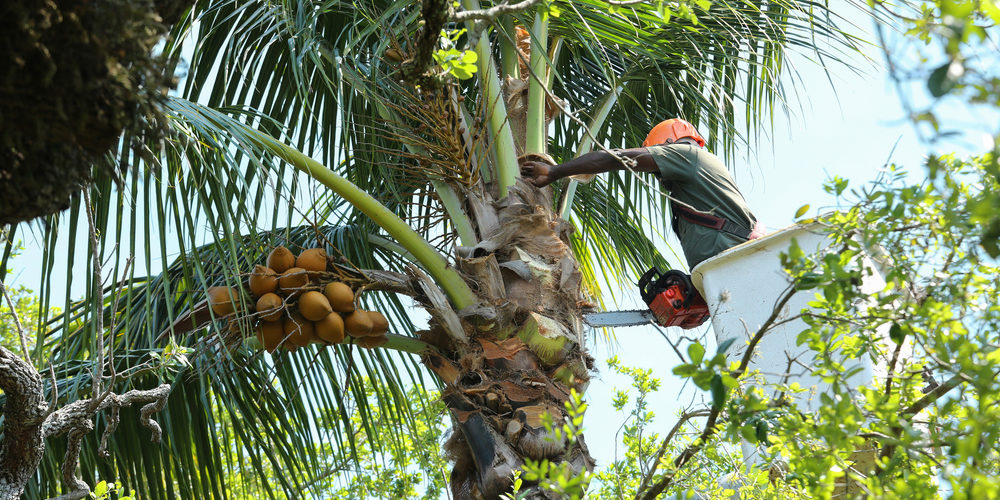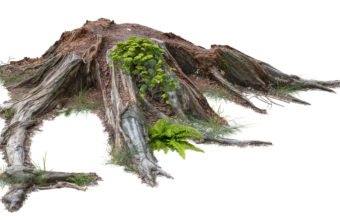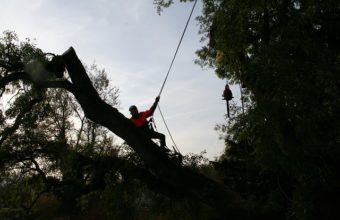The best tool for cutting high tree branches will depend on the size and height of the branches you need to trim, as well as your comfort and experience with tree pruning.
Here are some common tools for cutting high tree branches…
- Pole Pruners – Pole pruners consist of a long pole with a cutting head at the end. They are designed for cutting branches that are out of reach from the ground. Pole pruners come in various types:
- Manual Pole Pruners – These require physical effort to operate, and you pull a rope or lever to make the cut.
- Extendable Pole Pruners – These have telescoping poles that allow you to reach higher branches without the need for a ladder.
- Gas-Powered or Electric Pole Pruners – These are powered by an engine or electricity and can make cutting high branches easier and less physically demanding.
- Loppers – Loppers are similar to hand pruners but have longer handles, providing greater reach and leverage. They are suitable for cutting branches with diameters up to 1.5 inches. Some loppers also come with telescopic handles for extra reach.
- Pruning Saws – Pruning saws have sharp, serrated blades designed for cutting through thicker branches. There are handheld pruning saws for lower branches and long-reach pruning saws with extendable poles for higher branches.
- Chainsaws – Chainsaws are powerful cutting tools that can handle larger branches and trees. For high branches, an electric or gas-powered chainsaw attached to a pole (called a pole saw) is a safer and more efficient option than trying to use a traditional chainsaw while on a ladder.
- Professional Arborist Services – For very high branches or if you lack experience and equipment, it’s safest to hire a professional arborist or tree service company. They have the expertise and specialized equipment to safely trim high tree branches, including the use of bucket trucks or climbing techniques.
When using any of these tools, safety should be a top priority.
Here are some safety tips to keep in mind…
- Always wear appropriate personal protective equipment (PPE), including a hard hat, safety glasses, gloves, and sturdy footwear.
- Be cautious around power lines, and never cut branches that are in contact with or near electrical wires.
- Use a stable ladder or scaffolding if necessary, and have someone nearby to assist or call for help in case of emergencies.
- Follow proper pruning techniques to make clean cuts that promote tree health and minimize the risk of disease.
- If you’re unsure about the best tool for the job or have concerns about your ability to safely prune high branches, consult with a certified arborist or tree care professional for guidance or assistance.






